Home>Technology>Security & Surveillance>How To Open A Door With Child Lock
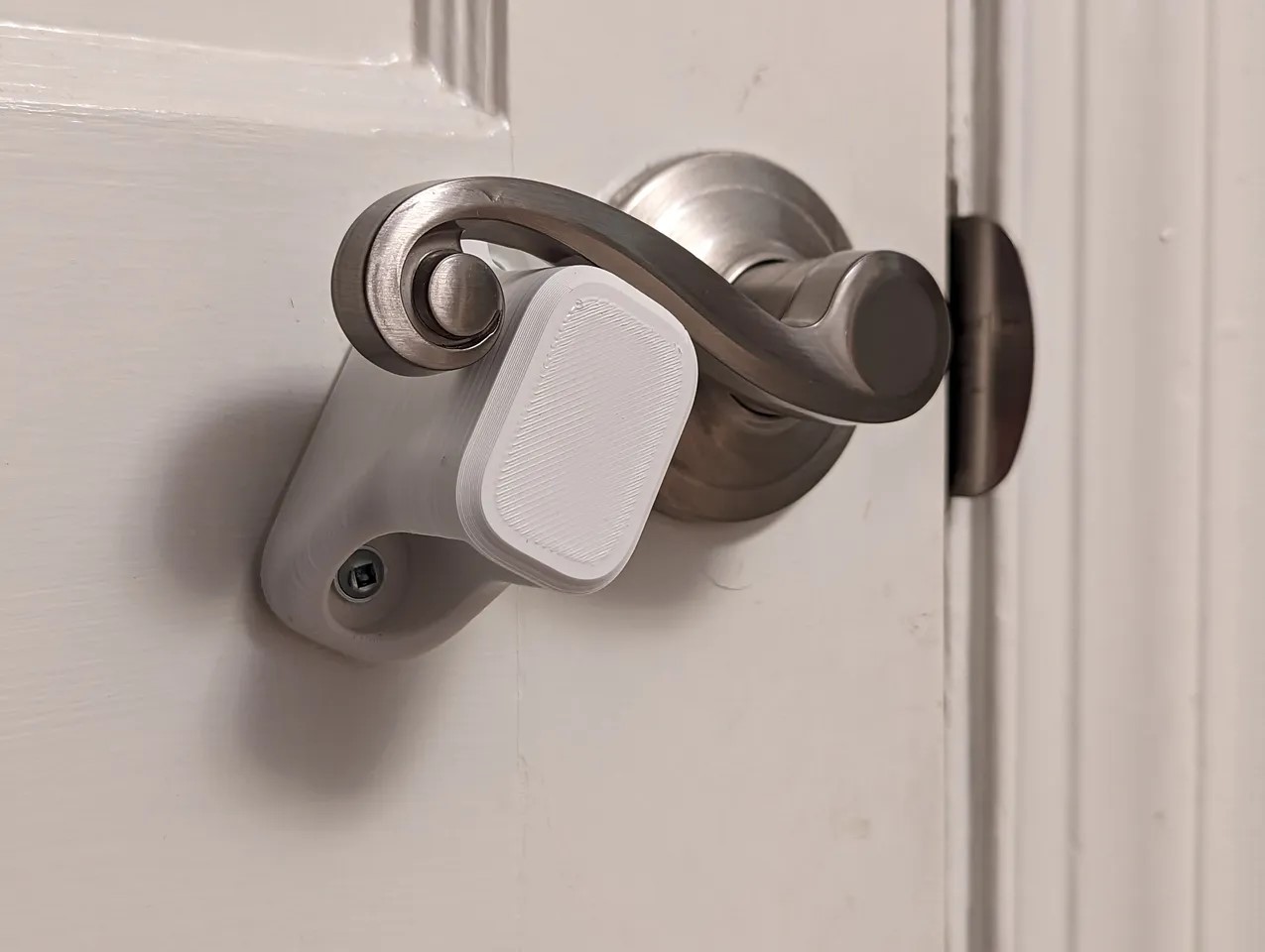

Security & Surveillance
How To Open A Door With Child Lock
Published: December 26, 2023
Learn how to open a door with a child lock for improved security and surveillance. Discover effective techniques and tips to ensure safety for your loved ones.
(Many of the links in this article redirect to a specific reviewed product. Your purchase of these products through affiliate links helps to generate commission for Storables.com, at no extra cost. Learn more)
**
Introduction
**
Welcome to our guide on how to open a door with a child lock. Child safety locks are essential for keeping little ones safe, but they can sometimes lead to unexpected challenges for adults. Whether you're a parent, a caregiver, or simply find yourself in a situation where you need to open a door with a child lock, this article is here to help.
In this comprehensive guide, we'll delve into the mechanics of child locks, the tools you'll need, and a step-by-step walkthrough to successfully bypass the child lock and gain access to the secured area. We understand the frustration and urgency that can arise in such situations, and we're here to provide practical solutions.
So, if you've ever found yourself stumped by a child lock and wondered how to navigate around it, you're in the right place. Let's jump in and explore the ins and outs of opening a door with a child lock.
**
Key Takeaways:
- Child locks are important for safety, but opening a door with a child lock can be tricky. By understanding the lock type and using the right tools, you can bypass it responsibly and safely.
- Always seek permission and prioritize child safety when dealing with child locks. Patience, caution, and respect for legal and ethical considerations are key to successfully opening a door with a child lock.
Understanding Child Locks
**
Child locks are designed to prevent young children from opening doors or accessing certain areas, adding an extra layer of safety and security in homes and vehicles. These locks are commonly found in cars, where they are integrated into the rear doors to prevent children from accidentally opening the door while the vehicle is in motion. Similarly, child safety locks are also prevalent in homes, particularly on cabinets, drawers, and rooms that may pose potential hazards to curious youngsters.
The mechanism of a child lock typically involves a switch or latch that can only be operated with a specific key or by manipulating the lock in a particular manner. While these locks are invaluable for safeguarding children, they can pose a challenge when adults need to bypass them legitimately. Understanding the type of child lock you are dealing with is crucial, as it will inform the approach you take to open the door without the designated key or method.
Child locks come in various forms, including lever-style locks, push-down button locks, and sliding mechanism locks. Each type has its own unique method of activation and deactivation, and some may require specialized tools or techniques to override. Additionally, the location of the child lock, whether on a door handle, a cabinet, or a window, can influence the strategies employed to disengage the lock.
By familiarizing yourself with the different types and functionalities of child locks, you can better equip yourself to tackle the challenge of opening a door with a child lock. In the following sections, we will explore the tools needed and provide a step-by-step guide to effectively bypassing child locks in various scenarios.
**
Tools Needed
**
Opening a door with a child lock may require specific tools to successfully bypass the safety mechanism. The tools you’ll need can vary depending on the type of child lock and the method you choose to employ. Here are some common tools that may come in handy when dealing with different types of child locks:
- Screwdriver: A screwdriver is a versatile tool that can be useful for prying open certain types of child locks or removing panels to access the locking mechanism.
- Flathead or Phillips head screwdriver: Depending on the type of screws used in the lock mechanism, having both types of screwdrivers can ensure you’re prepared for any situation.
- Tweezers: In some cases, tweezers can be used to manipulate small components within the lock or to reach and disengage the locking mechanism.
- Lock pick set: For more advanced users, a lock pick set can be employed to manipulate the internal components of the child lock and disengage it without causing damage.
- Plastic card or shim: A flexible plastic card or shim can be used to slide between the door and the door frame, potentially releasing the latch or catch of the child lock.
- Penlight or flashlight: Adequate lighting is essential for assessing and understanding the inner workings of the child lock, especially in dimly lit areas.
It’s important to note that while these tools can be instrumental in opening a door with a child lock, patience and caution are equally crucial. Rushing or using excessive force can lead to damage to the door, the lock, or the surrounding area. Additionally, always ensure that you have permission and the legal right to bypass a child lock, especially in situations involving vehicles or properties that are not your own.
Before attempting to open a door with a child lock, carefully assess the type of lock, the tools you have at your disposal, and the potential implications of bypassing the lock. In the following section, we’ll provide a step-by-step guide to help you navigate the process effectively and responsibly.
**
To open a door with a child lock, look for a small switch or button near the door handle. Slide or press it to disengage the child lock and then try opening the door again.
Step-by-Step Guide
**
Opening a door with a child lock requires a systematic approach and careful execution to ensure success without causing damage. While the specific steps may vary based on the type of child lock and the tools available, the following general guide can help you navigate the process effectively:
- Assess the Child Lock: Before taking any action, examine the child lock to understand its type, location, and mechanism. Determine if it’s a lever-style lock, a push-down button lock, or a sliding mechanism lock, and identify any visible components or access points.
- Gather the Necessary Tools: Based on your assessment, gather the appropriate tools, such as screwdrivers, tweezers, a lock pick set, or a plastic card/shim, ensuring you have everything you need to address the specific features of the child lock.
- Illuminate the Area: If the child lock is located in a dimly lit area, use a penlight or flashlight to provide adequate visibility of the lock and its components.
- Apply Gentle Pressure: Depending on the type of child lock, carefully apply gentle pressure to the relevant components, such as the latch, catch, or sliding mechanism. Use the appropriate tool to manipulate the lock without exerting excessive force.
- Observe and Listen: As you work on the child lock, pay attention to any subtle movements or sounds that may indicate progress. Some locks may emit a click or slight movement when the mechanism is being manipulated successfully.
- Exercise Patience: Opening a door with a child lock may require patience and persistence. Avoid rushing the process, as haste can lead to mistakes or damage. Take your time to methodically work through the steps and assess your progress.
- Test the Door: Once you believe the child lock has been disengaged, gently test the door to see if it opens freely. If the lock is still preventing the door from opening, reassess the situation and make any necessary adjustments.
- Secure the Area: After successfully opening the door, ensure that the child lock is reactivated or secured to prevent any safety hazards, especially in environments where children are present.
It’s important to approach the process with caution and respect for the property where the child lock is installed. Always consider the legal and ethical implications of bypassing a child lock, and seek permission when necessary. In the next section, we’ll provide additional tips and warnings to further guide you through this process.
**
Tips and Warnings
**
When undertaking the task of opening a door with a child lock, it’s essential to keep several tips and warnings in mind to ensure a safe and effective process. Consider the following insights as you navigate the challenge of bypassing a child lock:
- Seek Permission: If you are attempting to bypass a child lock on a property or in a vehicle that is not your own, always seek permission from the owner or responsible party before proceeding. Respect the legal and ethical considerations associated with accessing secured areas.
- Exercise Caution: Approach the process with care and caution, as excessive force or reckless manipulation can lead to damage to the door, the lock, or its components. Use gentle pressure and patience to navigate the child lock without causing harm.
- Legal Implications: Be aware of any legal implications associated with bypassing child locks, especially in vehicles and public spaces. In some jurisdictions, tampering with child safety features may carry legal consequences.
- Child Safety: Prioritize the safety of children in the vicinity, especially if the child lock is installed to prevent access to hazardous areas or materials. Ensure that the area remains secure after bypassing the lock to prevent potential risks to young individuals.
- Professional Assistance: If you encounter challenges or uncertainties during the process, consider seeking professional assistance from a locksmith, a car service provider, or the manufacturer of the child lock. Professional expertise can offer a safe and reliable solution.
- Documentation: In situations where bypassing a child lock is necessary, consider documenting the process and the reasons for doing so, especially if it pertains to legal or safety concerns. Clear documentation can provide clarity and justification if needed.
- Respect Privacy: If the child lock is located in a private or sensitive area, respect the privacy and confidentiality of the space and its contents. Exercise discretion and integrity throughout the process.
By adhering to these tips and warnings, you can approach the task of opening a door with a child lock responsibly and with due consideration for legal, ethical, and safety considerations. Remember that the primary goal is to navigate the child lock effectively while preserving the integrity of the secured area and its contents.
As we conclude this guide, we hope that the information provided has equipped you with the knowledge and guidance needed to address the challenge of opening a door with a child lock in a conscientious and effective manner.
**
Read more: How To Get Child Lock Off Door Knob
Conclusion
**
Opening a door with a child lock can present unexpected obstacles, but with the right understanding, tools, and approach, it’s a challenge that can be overcome. By familiarizing yourself with the mechanics of child locks, gathering the necessary tools, and following a systematic step-by-step guide, you can navigate the process effectively and responsibly.
Throughout this guide, we’ve emphasized the importance of approaching the task with caution, patience, and respect for legal and ethical considerations. Whether you’re dealing with a child lock in a vehicle, a home, or another setting, seeking permission and prioritizing the safety of children are fundamental principles to uphold.
While the tips and warnings provided underscore the need for discretion and care, it’s essential to remember that professional assistance is always an option. If you encounter challenges or uncertainties during the process, seeking the expertise of a locksmith or a service provider can offer a reliable and safe solution.
Ultimately, the goal of opening a door with a child lock is to address the immediate need for access while maintaining the integrity of the secured area and its contents. By exercising prudence, respect, and adherence to legal and safety considerations, you can navigate this task with confidence and responsibility.
We hope that this guide has provided valuable insights and practical guidance for addressing the challenge of opening a door with a child lock. As you apply the knowledge and strategies shared here, we encourage you to approach the task with mindfulness and consideration for the safety and security of all individuals involved.
Thank you for exploring this topic with us, and we wish you success in navigating the intricacies of child locks while upholding the principles of safety and responsibility.
Frequently Asked Questions about How To Open A Door With Child Lock
Was this page helpful?
At Storables.com, we guarantee accurate and reliable information. Our content, validated by Expert Board Contributors, is crafted following stringent Editorial Policies. We're committed to providing you with well-researched, expert-backed insights for all your informational needs.
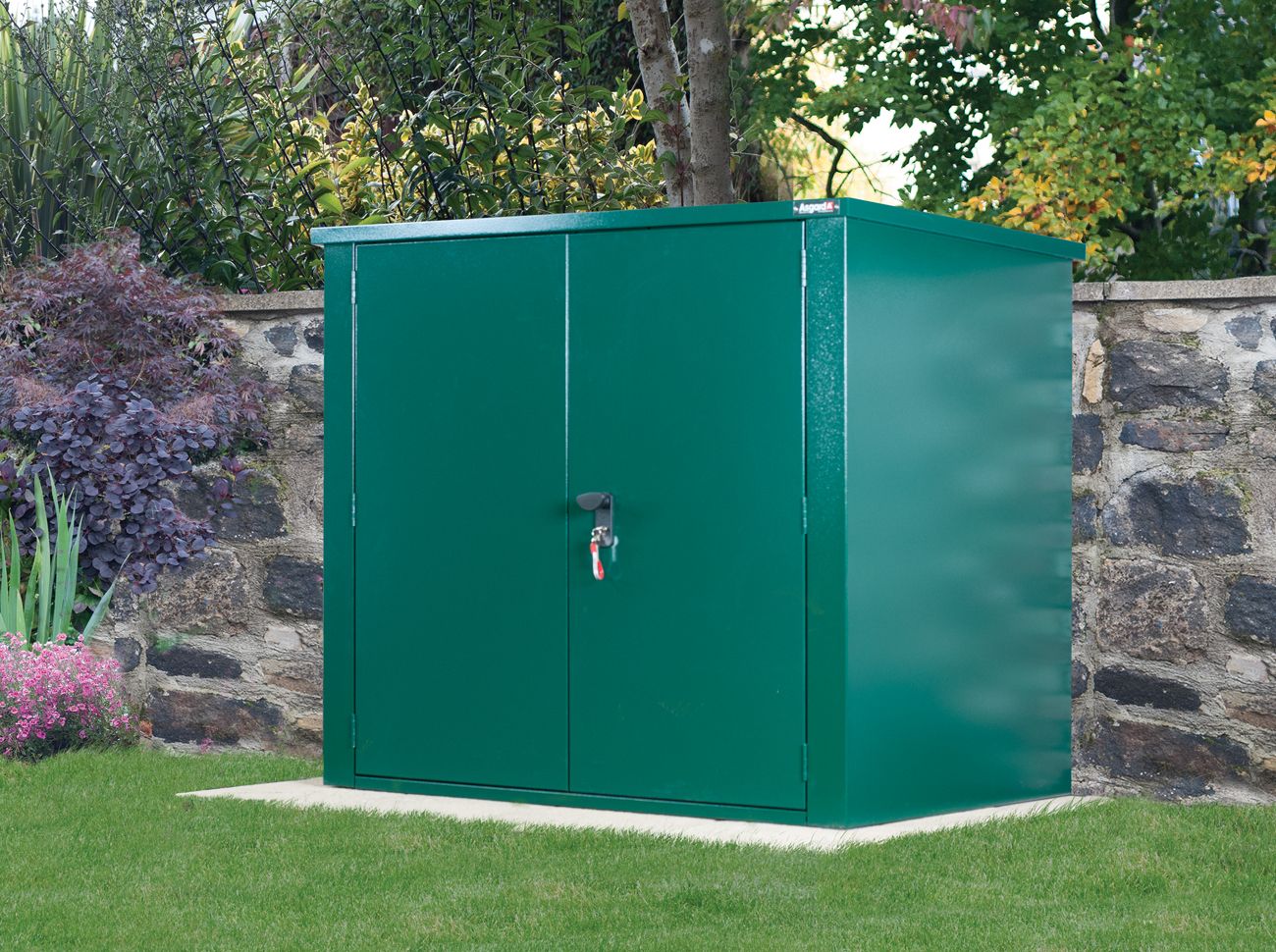
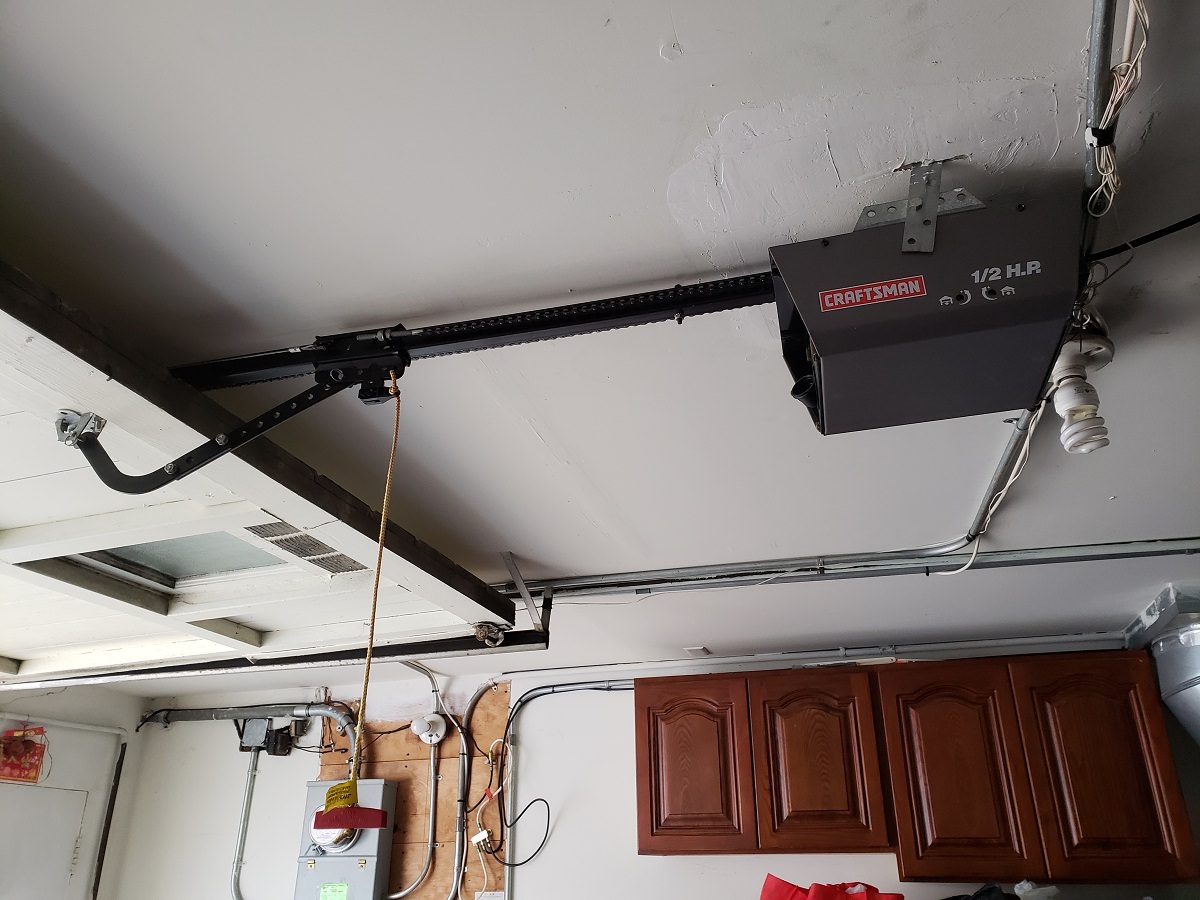
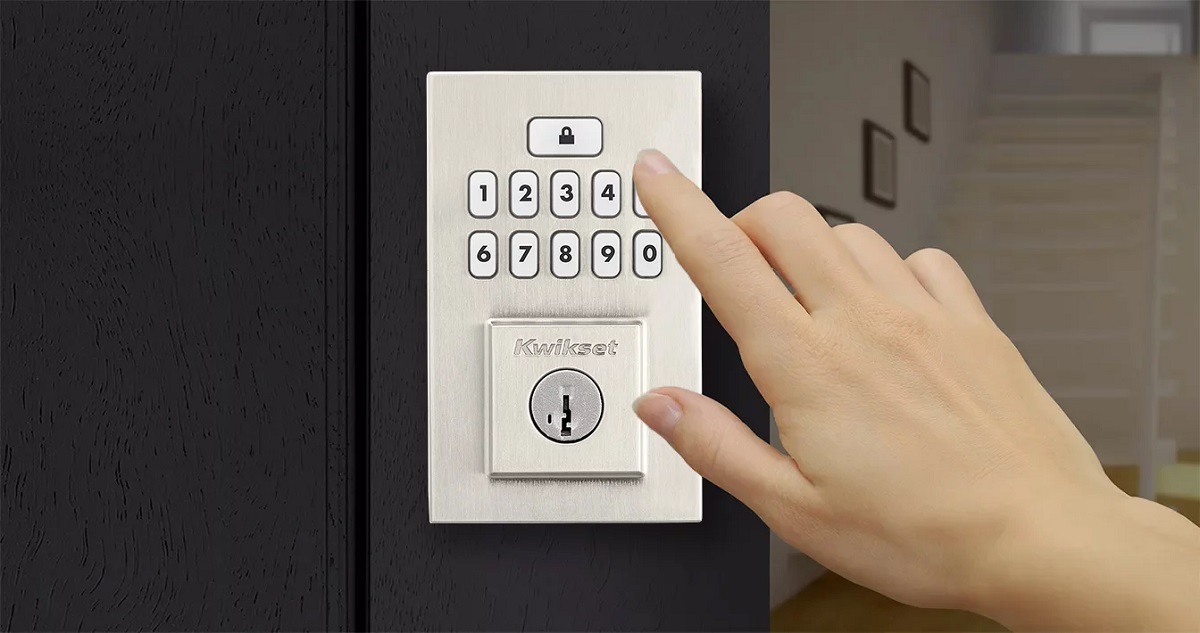
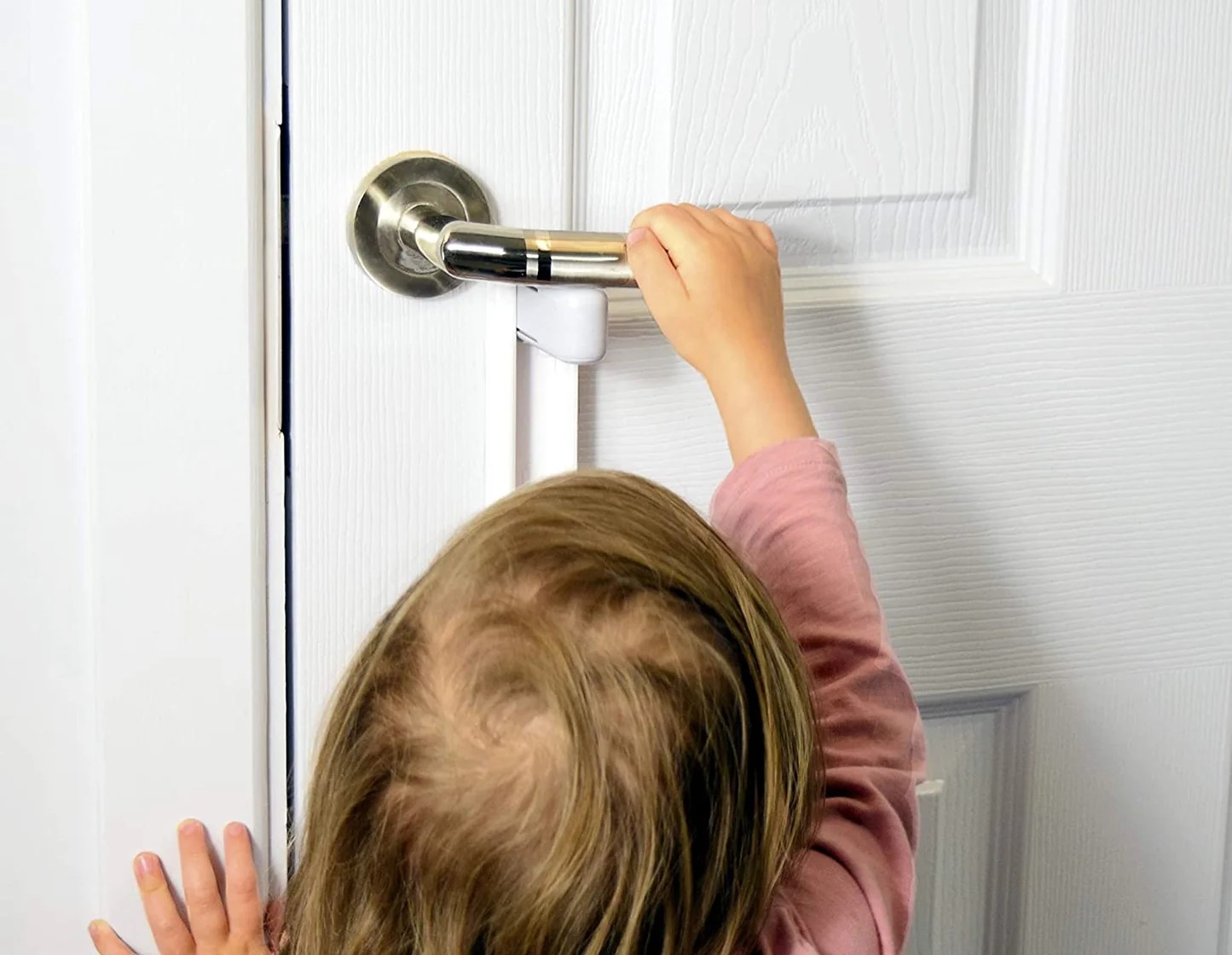
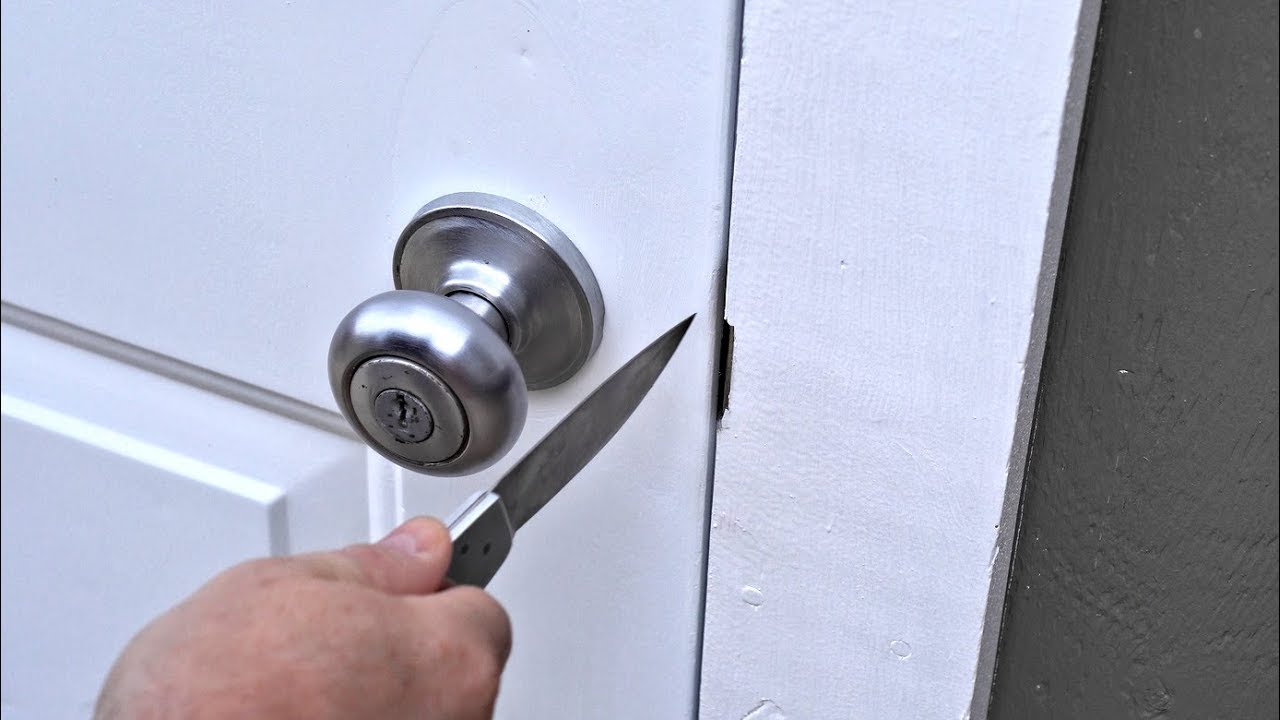
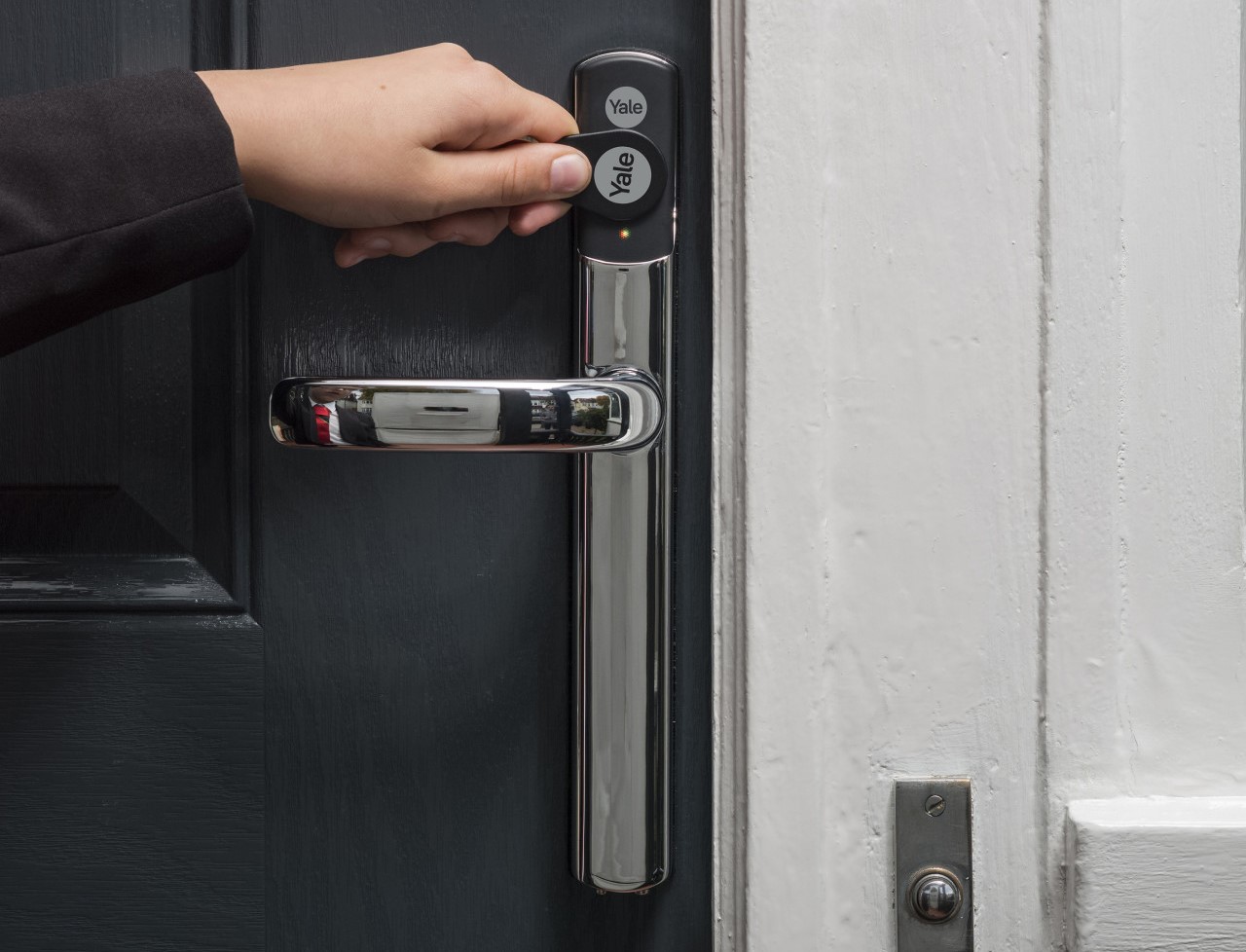
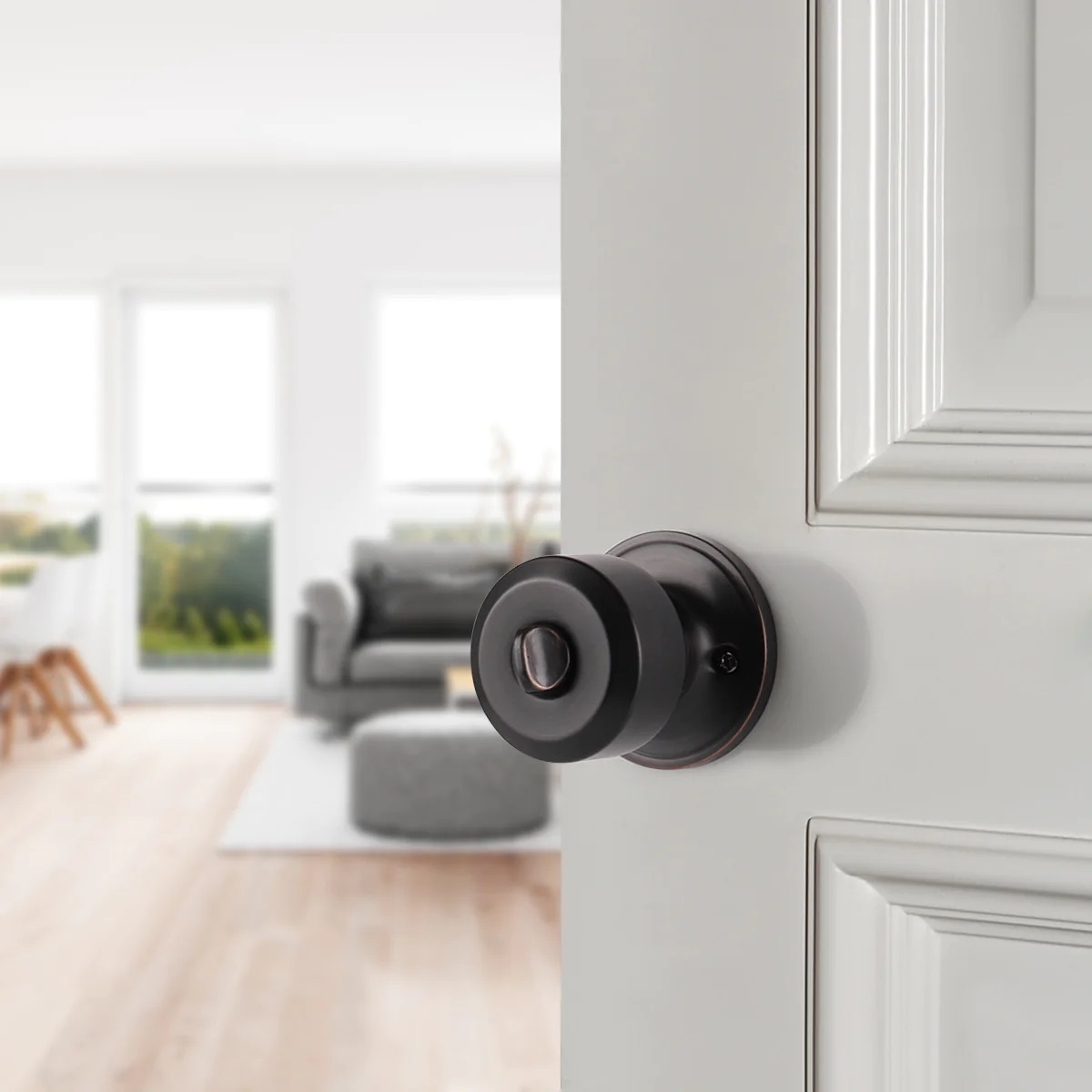
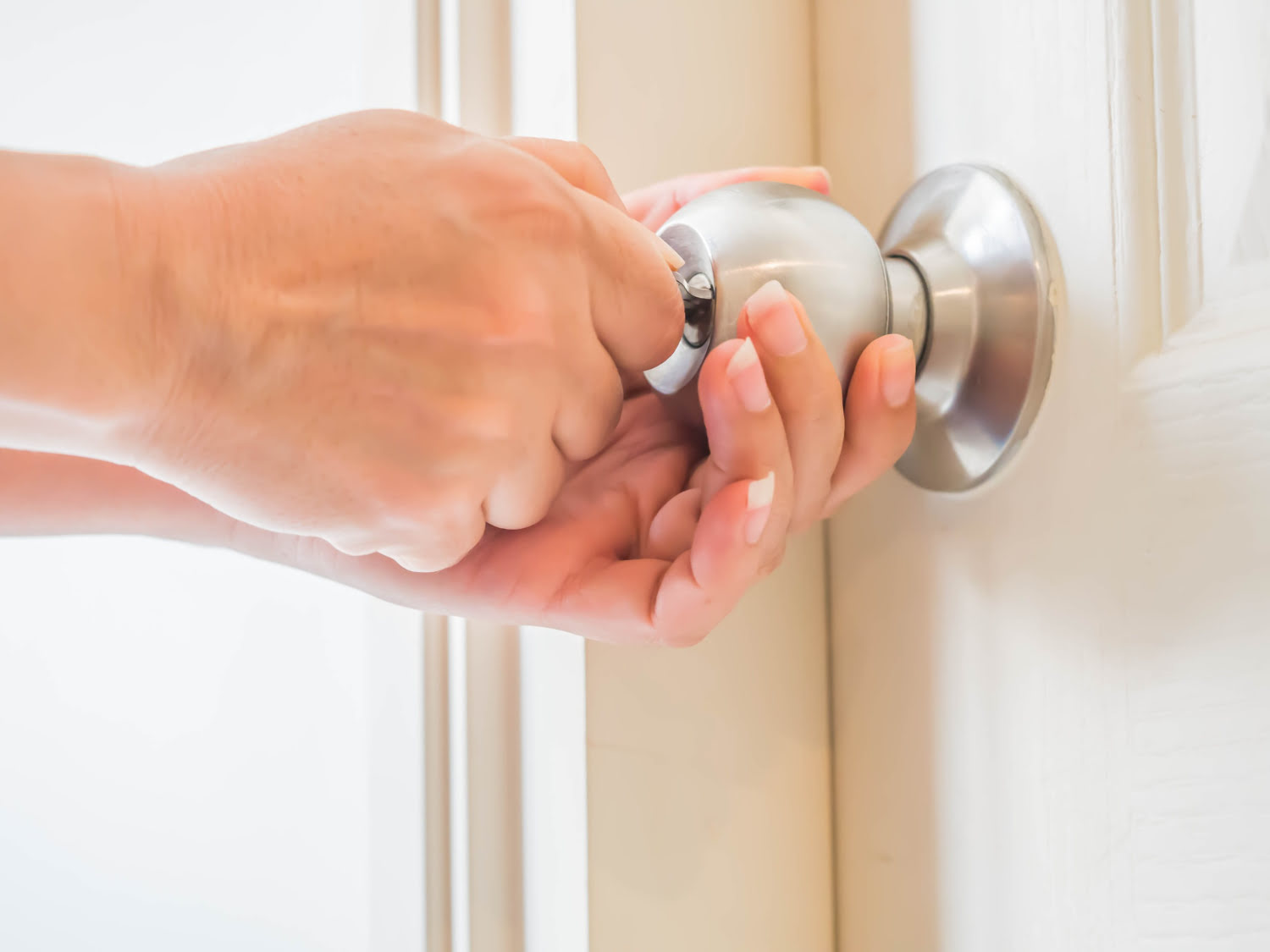
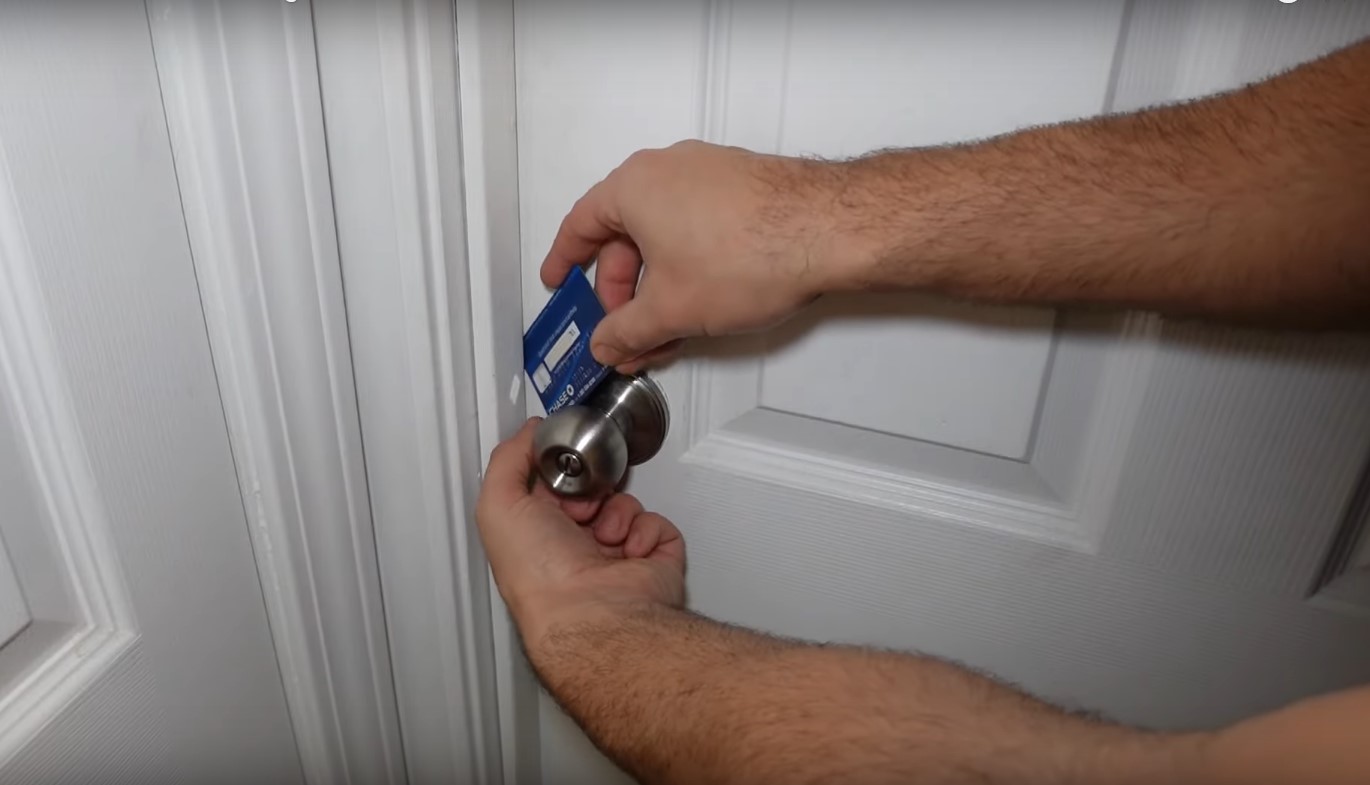
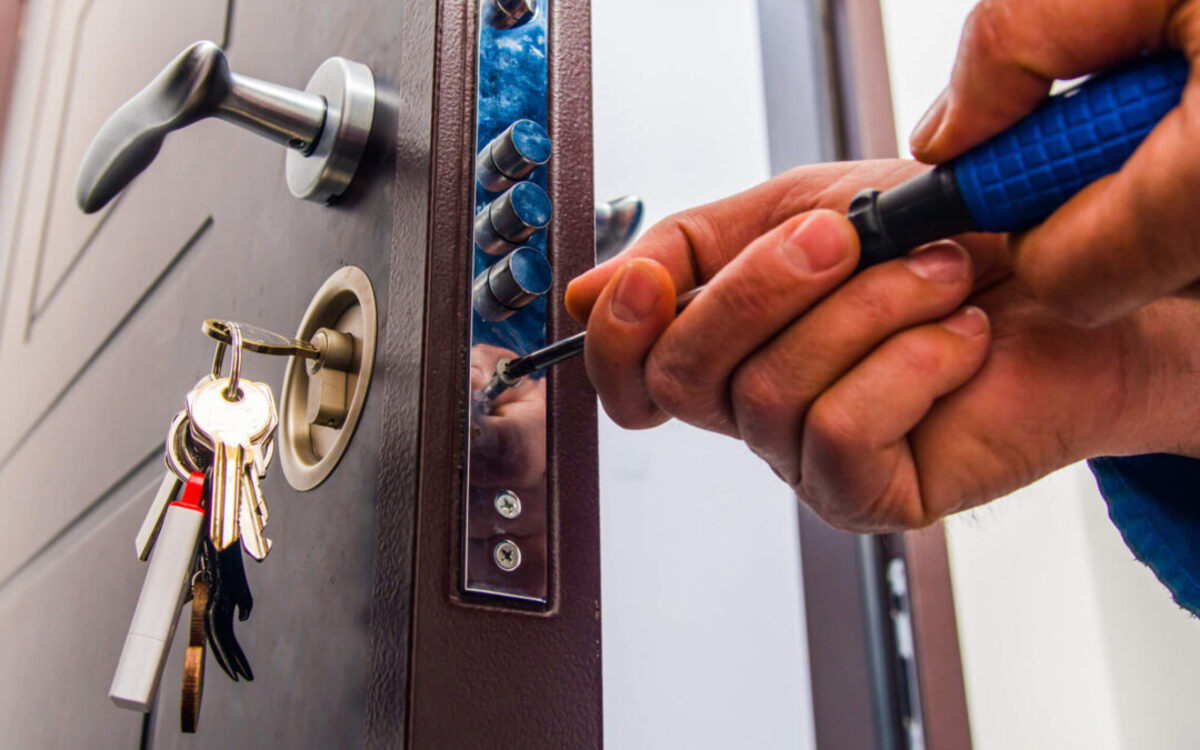
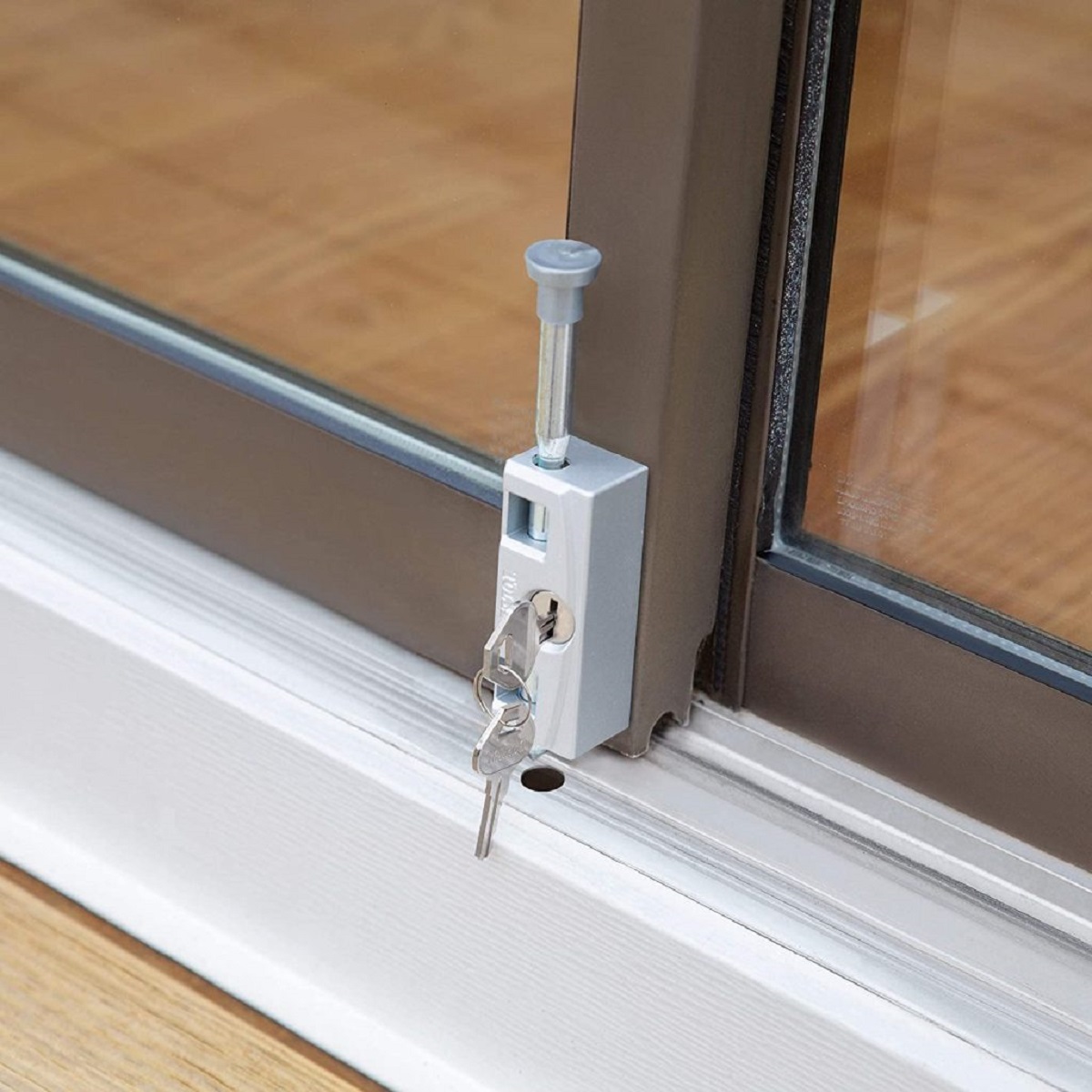
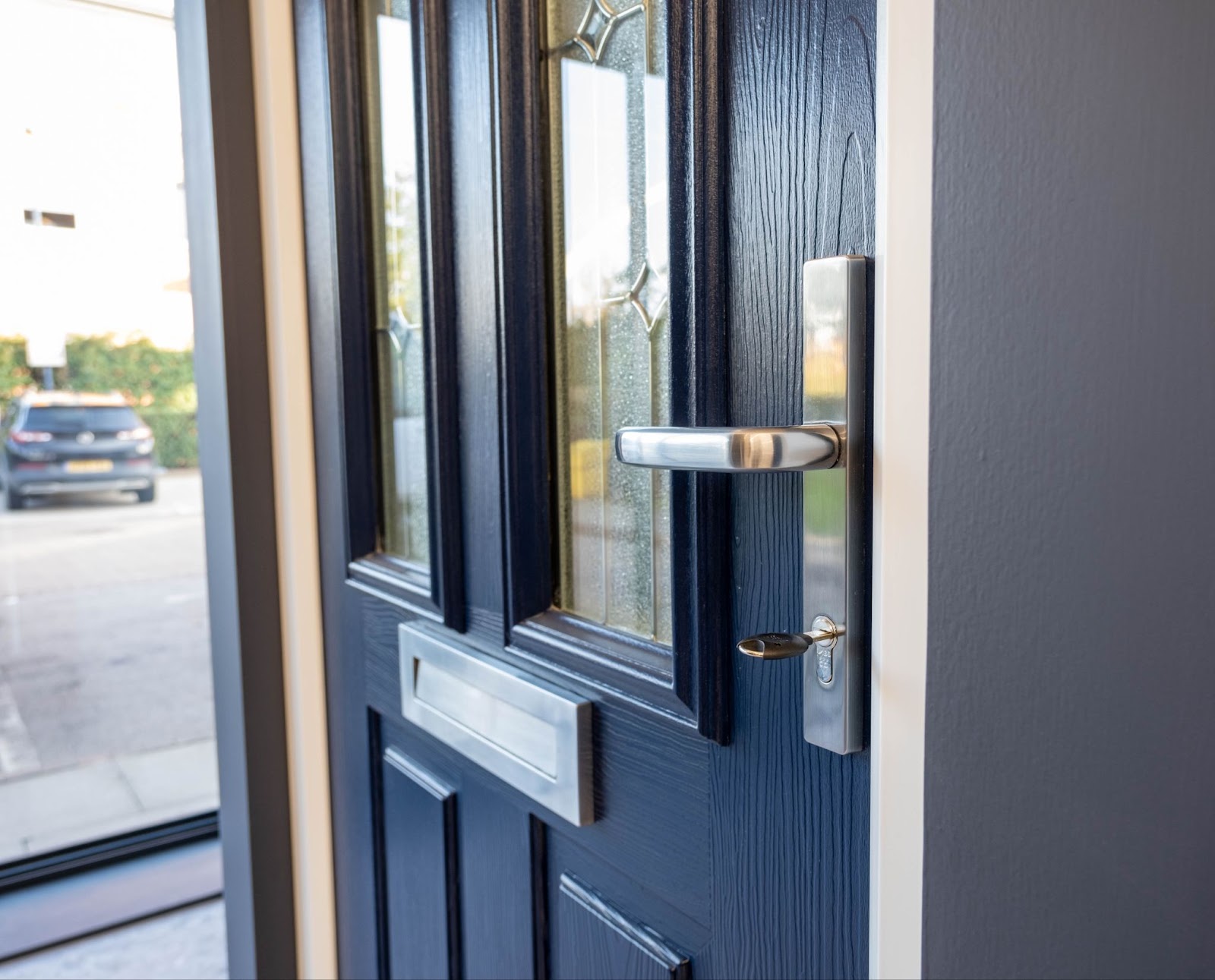
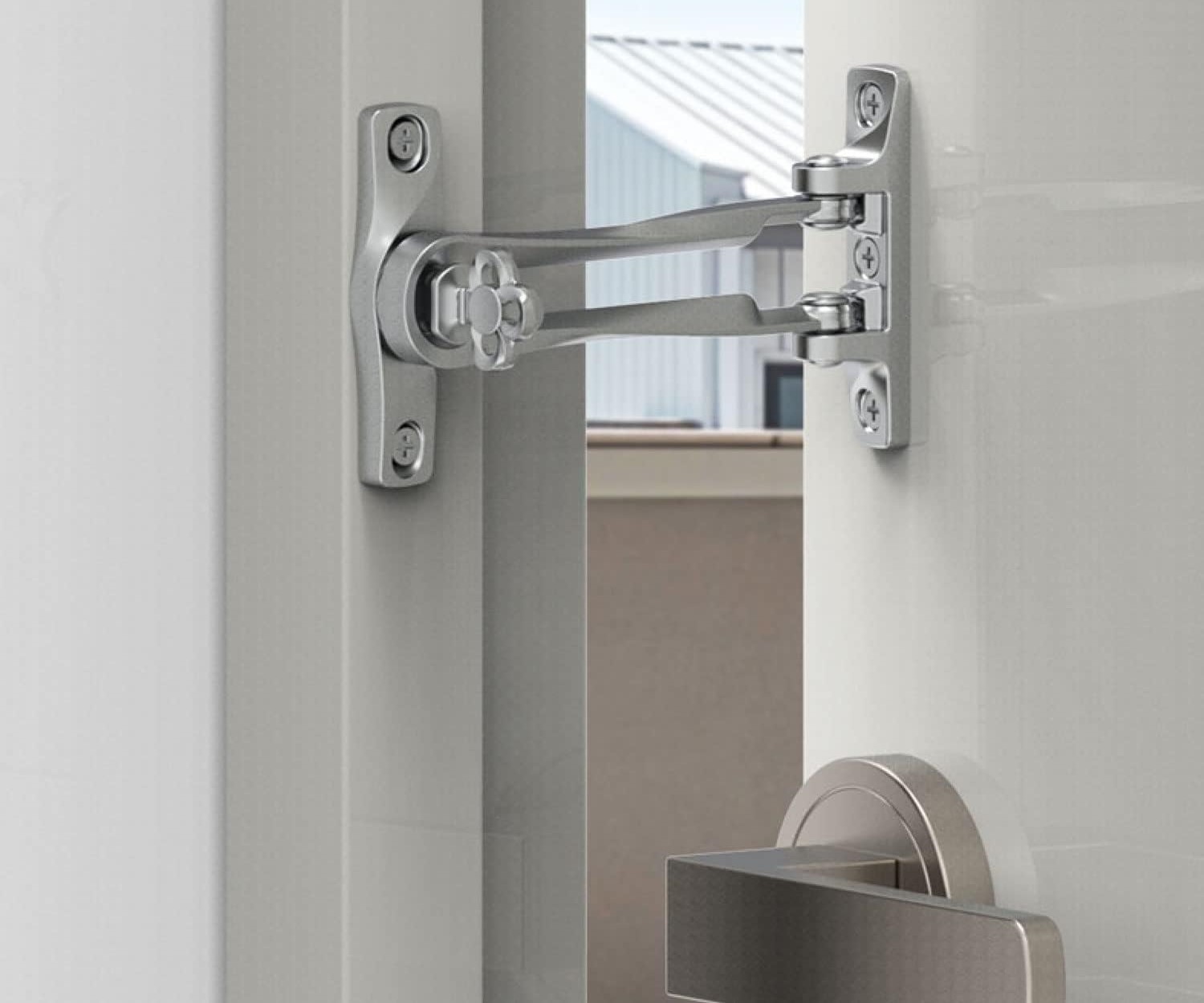
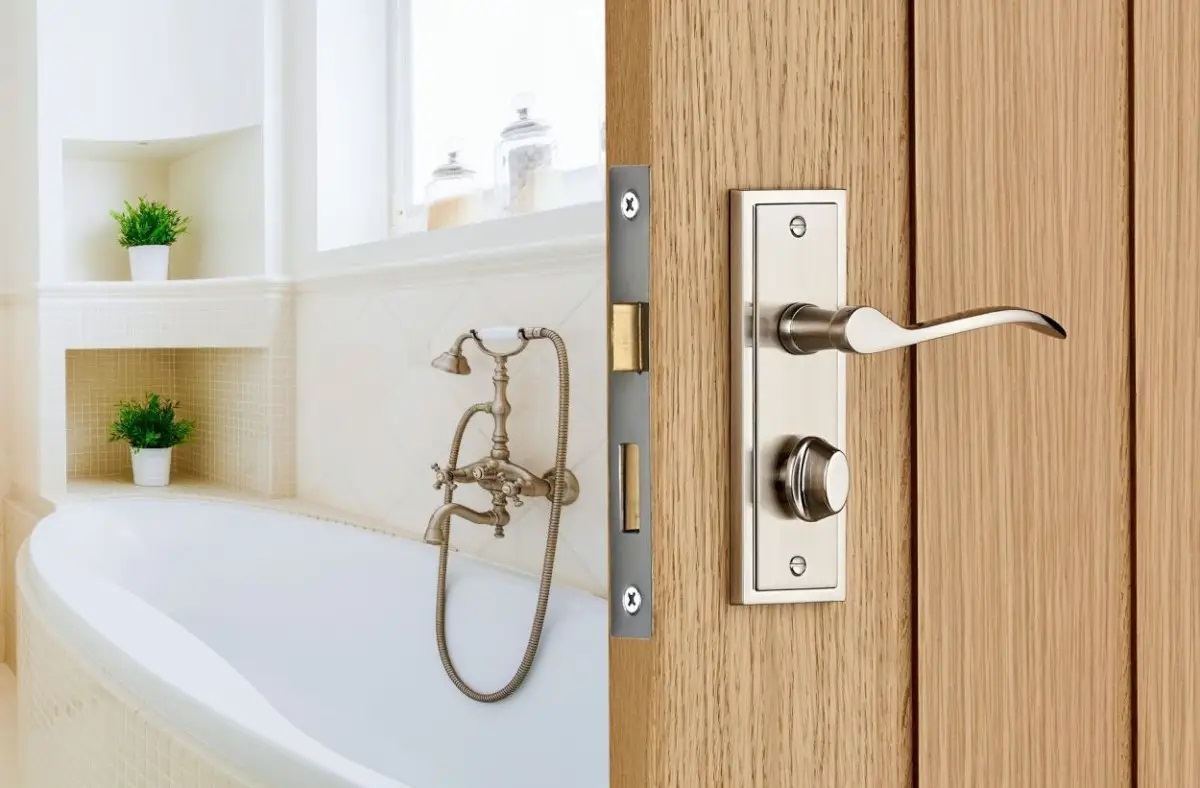

0 thoughts on “How To Open A Door With Child Lock”